Possums
General Information
Possums are nocturnal, semi-arboreal marsupials native to Australia and considered invasive in New Zealand.
The Common Brushtail Possums (Trichosurus vulpecula) - are independent animals, usually only pairing up to mate. Females have 1 joey per pregnancy, born during autumn or spring. The joey inhabits the mothers pouch for 6 months then the mothers back for a further 1-2 months.
The Eastern Ringtail Possums (Pseudocheirus peregrinus) - usually live in pairs and sometimes groups of up to eight. Females can have 1-3 joeys per pregnancy, born during autumn or winter. Joeys spend 5-6 months in their mothers pouch, then remain for a couple more months on their mothers back.
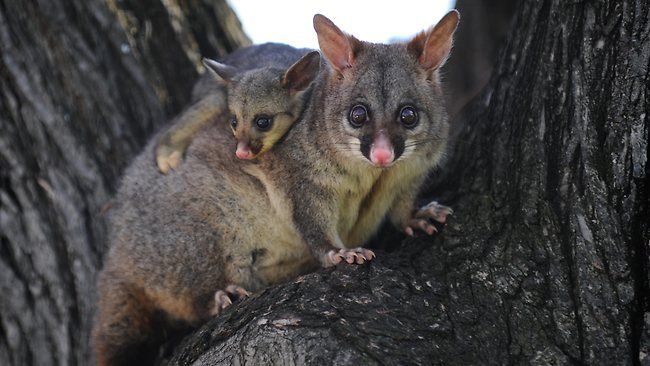
Appearance
Brushtail possum - approximately 55 cm in length. Large pointed ears, grey fur, lighter coloured underside and a bushy black tail that resembles a brush, hence the name.
Ringtail possum - approximately 35 cm in length. Rounded ears and head, a curled tail with a white tip that is used as a fifth limb. Their fur can vary in colour from brown, grey or reddish, and have lighter coloured fur on their chest.
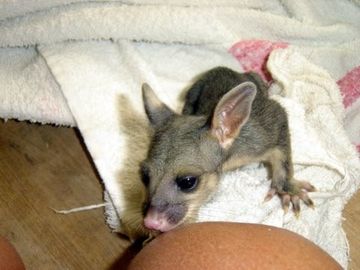
Lifespan
Brushtail possum - 11 to 13 years
Ringtail possum - 6 years
Diet
Both species consume leaves, flowers, and fruits with the brushtail possum also known to eat grass, fungi, bark and occasionally bird eggs and small lizard varieties.
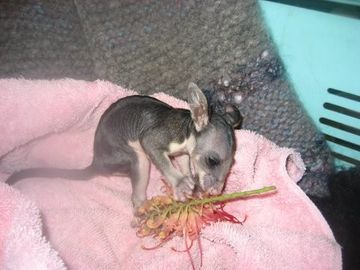
Habitat
Brushtail possum - urban, suburban, forest or woodland environments. During daylight they spend their time in their dens, usually tree hollows or hollow logs. Sometimes brushtails will make their dens in roof spaces or sheds in homes.
Ringtail possum - suburban, forest, dense scrub, rainforests and woodlands. Ringtails build nests called ‘dreys’ made of twigs, bark and leaves several meters above the ground.
Located
Brushtail possum - located across Australia.
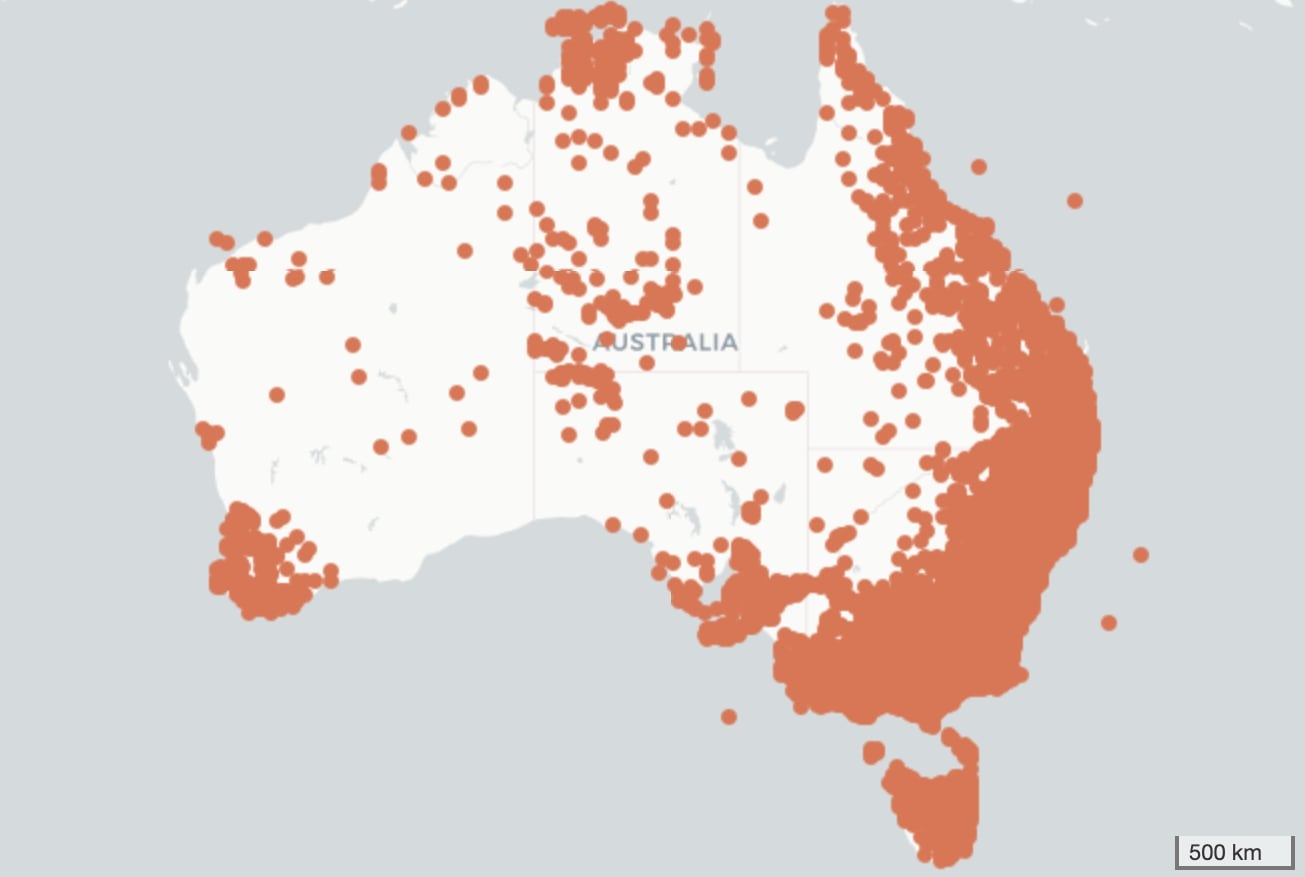
Ringtail possum - primarily found on the east coast; QLD, NSW, ACT, VIC & TAS
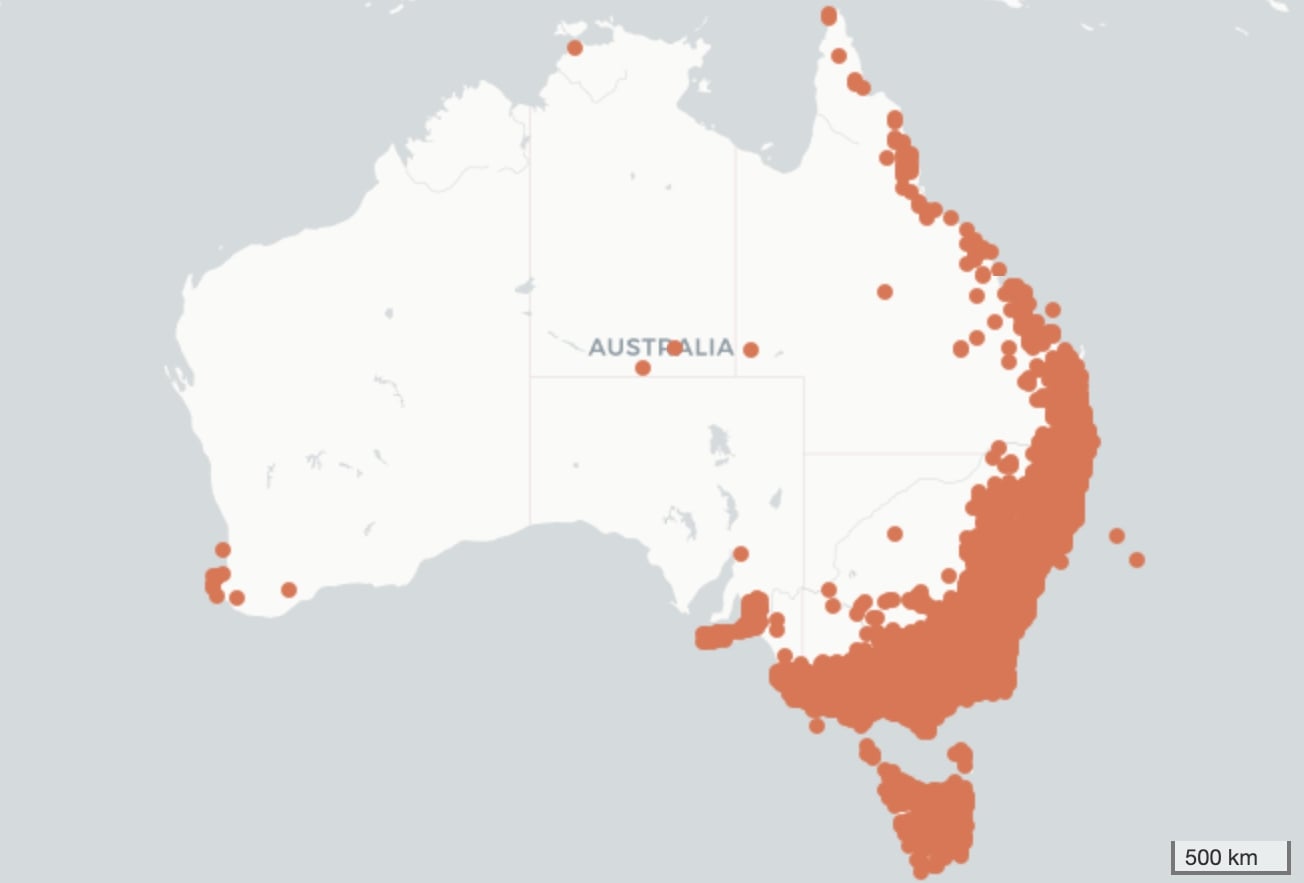
Main Threats To Possums
Capture/Release of possums
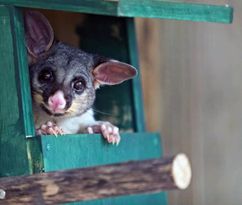
Release protocol recommends a caught possum is released in an area 50m from where originally found, within 24 hours of capture. The release should be conducted after dusk to accommodate the possum’s natural cycle and to minimise stress on the animal. It is preferable the possum remains in its normal environment as relocation can cause further issues for the animal.
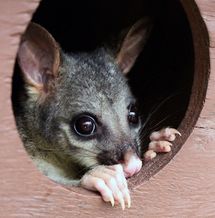
If relocation is required, release site features such as habitat quality and predators must be considered. Sufficient food sources and habitats available along with low predator numbers increase the survival chances of released possums.
What to do if you find an injured possum...
If you find an injured possum please contact your local vet or wildlife shelter. Alternatively, if you are not aware of your local shelter, you can contact Wildlife Victoria (Ph 8400 7300) for assistance.
Find more Information here






